Beating Boltzmann’s tyranny: Surpassing lower limit on computing energy consumption
Topological insulators can reduce transistor switching energy by a factor of four, defeating ‘Boltzman’s tyranny’, which puts a lower limit on operating voltage
A landmark theoretical FLEET study in 2021 confirms the potential for topological materials to substantially reduce the energy consumed by computing, defeating Boltzmann’s tyranny, a lower limit on operating energy.
The collaboration of researchers from three FLEET nodes showed that transistors based on topological insulators rather than conventional semiconductors could reduce the gate voltage by half, and the energy used by each transistor by a factor of four.
This overcomes the famous Boltzmann’s tyranny, which puts a lower limit on transistor switching energy.
The research discovered something surprising: a gate voltage applied to a topological insulator could create a barrier to electron flow that is larger than the voltage itself times the electron charge, a result previously thought impossible.
Transistors switch on and off based on application of a gate voltage, with the energy used to charge up the gate electrode lost each time each transistor switches. With literally billions of transistors turning on and off billions of times each second, this adds up to a lot of energy.
In conventional semiconductor transistors, a gate voltage shifts the semiconductor’s ‘bandgap’ (or the range of energies within which electrons are forbidden) to allow (the ‘on’ state) or block (the ‘off’ state) incoming electrons.
In an ideal transistor, 1 volt applied to the gate would move up the range of energies blocked by 1 electron-volt. But leakage ‘tyranny’ puts a lower limit on that switching energy.
With electrons' energies inherently ‘smeared out’, there are always a few electrons with sufficiently-high energy to make it over the barrier. This ‘leakage’ current represents wasted energy.
To avoid wasted leakage current requires a minimum gate voltage that puts a lower limit on switching energy.
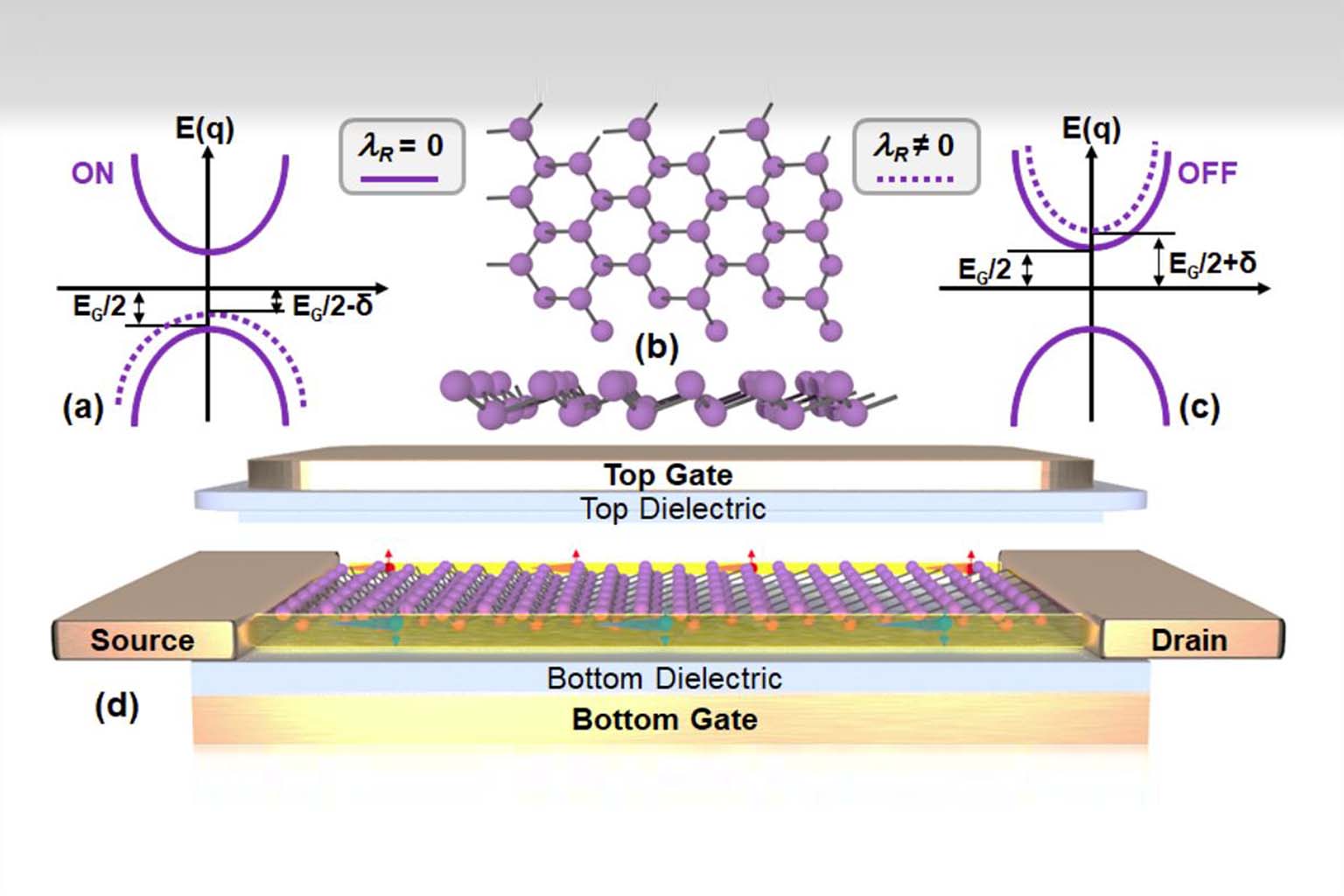
The theoretical study confirms a topological transistor would defeat Boltmann’s tyranny, a lower limit on operating energy.
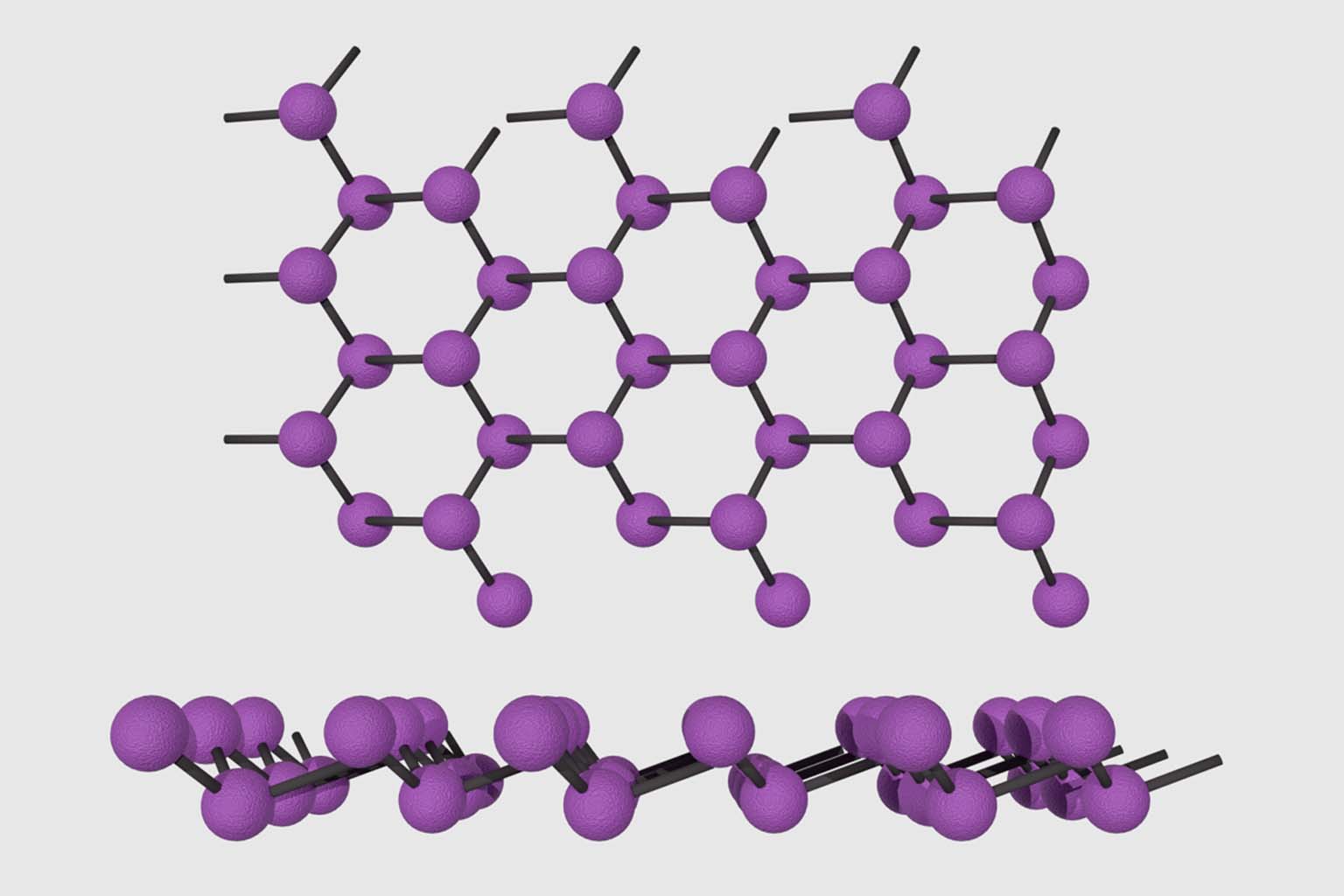
Bismuthene (a single atom-thick layer of bismuth atoms) is a candidate material for a topological transistor
Named ‘Boltzmann’s tyranny’, after the scientist who first described the ‘smearing’ of the energies of particles by temperature, this limits how small the operating gate voltage can be for a transistor, no matter what material it is made of.
However, FLEET researchers wondered whether Boltzmann’s tyranny could be overcome in a new type of transistor using topological insulators, switched via an electric field rather than gate voltage.
Two-dimensional topological insulators can function as the ‘on’ state of a new type of transistor, with current carried by the conducting edges.
The conducting state of a such a material can be changed by an electric field, switching the material from dissipationless conduction (a topological insulator with a negative bandgap) to non-conduction (effectively, functioning as a regular semiconductor, with a positive bandgap blocking electron flow).
Crucially, the team found that, unlike a regular semiconductor, the increase in the bandgap in the topological insulator could be larger than the voltage applied to the gate, beating Boltzmann’s tyranny.
The next steps will be to confirm these findings in the laboratory, using candidate materials such as bismuthene, with FLEET working to synthesise these new materials, characterise them, and incorporate them into electronic devices.
This research relates to FLEET milestones 1.4 and 1.8.
See page 13 of the strategic plan.
This study was published in Nano Letters in March 2021 (See publications).
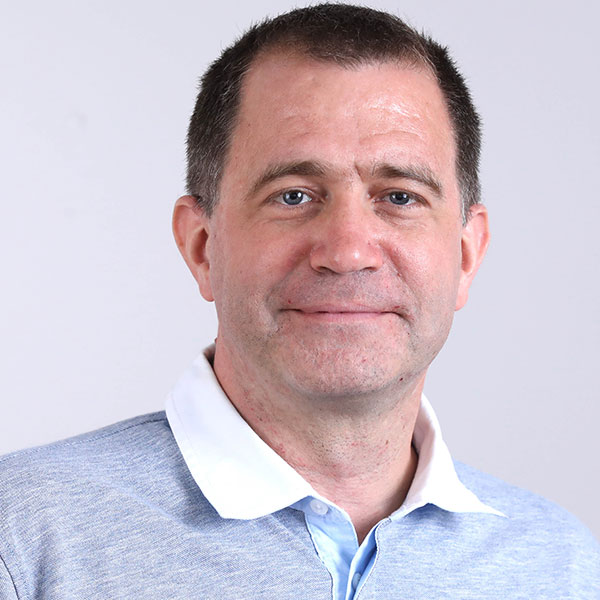
With the right materials, a topological transistor could ‘switch’ at voltages half that of conventional silicon-based transistors, requiring only one fourth the energy.
A/Prof Dimi Culcer (UNSW) Co-Author FLEET Chief Investigator
Collaborating FLEET personnel
PhD student
Muhammad Nadeem
University of Wollongong
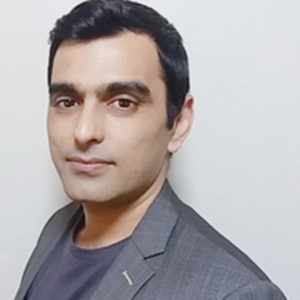
Research Fellow
Iolanda Di Bernardo
Monash University

Chief Investigator
Xiaolin Wang
University of Wollongong
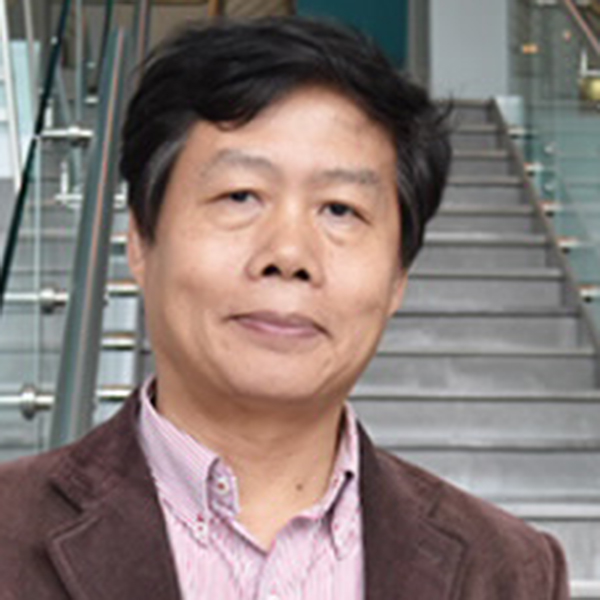
Chief Investigator
Michael Fuhrer
Monash University

Chief Investigator
Dimitrie Culcer
UNSW
